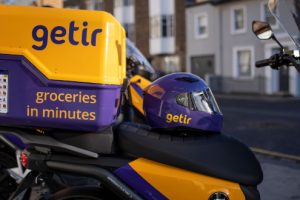The regional co-operative is putting the technology in 96 stores and using it to reduce cold air being lost into the aisles.
The technology, developed by motor racing engineer Wirth Research, is expected to lead to significant reductions in CO2 emissions as it uses the same technique used to direct airflow efficiently around racing cars.
The twin-bladed shelf-edge strips were initially tried in 2020 in 10 stores and will now be installed in all Southern Co-op stores which have fridges without chiller doors.
Gemma Lacey, director of sustainability and communications, said: “The future of our planet relies on us all urgently cutting greenhouse gas and this is one way we are doing that, as part of our Climate Action Pathway to net zero.
“We have set ambitious targets aligned with the latest science showing what is required globally to limit global warming to 1.5°C but we need to work collaboratively with others to achieve our goals and limit the severity of the impacts of climate change.”
The new EcoBlade technology is expected to reduce refrigeration energy consumption by up to 25 per cent by acting as an invisible air curtain, keeping warm air out and cool air in.
Southern Co-op has committed to reducing its greenhouse gas emissions 50% by 2030 from a 2019 base year (emissions that fall under its operational control such as electricity, gas, fuel and emissions associated with refrigeration) and to reduce greenhouse gas emissions from managed trading businesses 17% over the same period (emissions associated with its wider value chain and activity pre and post sale such as products, suppliers and customers).
Southern Co-op has already already begun buying the majority of its electricity from renewable sources, installing LED lighting across its estate, putting movement sensors to control lighting in stockrooms and employee areas, as well as doors for refrigeration, and solar photovoltaic panels.
 Talking Retail Grocery and product news for independent retailers
Talking Retail Grocery and product news for independent retailers






